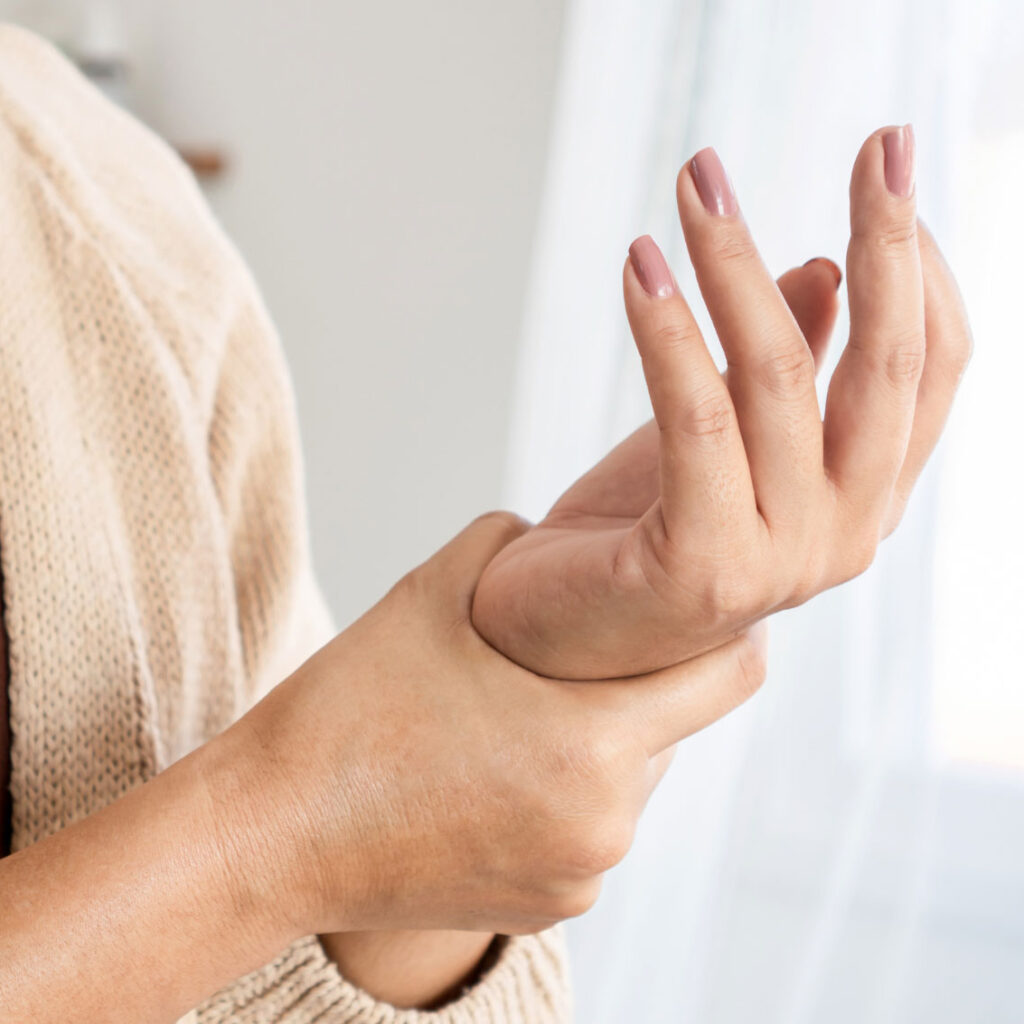
Arthritis can make everyday activities painful and limit your mobility, but physical therapy offers proven ways to ease discomfort, strengthen joints, and restore movement. With expert guidance, you can manage symptoms and improve your quality of life.
![]()
OrthoRehab
August 30, 2025

Arthritis can turn even simple movements into painful challenges, limiting your independence and affecting your daily routine. The good news is that physical therapy provides effective, evidence-based strategies to ease pain, strengthen joints, and restore mobility—helping you take back control of your life.
While arthritis is often thought of as just “aches and pains,” the reality is much more significant. Consider these facts:
Clearly, arthritis isn’t just common—it’s a serious health condition. Fortunately, physical therapy is one of the most effective tools for managing it.
There are two primary types of arthritis:
Regardless of type, physical therapy plays a vital role in easing pain, improving joint mobility, and preventing further damage. By combining targeted exercise with lifestyle guidance, physical therapists help patients stay active, safe, and independent.
These movements guide joints through their full range, reducing stiffness and improving flexibility. Activities like stretching, yoga, or tai chi fall into this category.
Low-impact aerobic exercise—such as walking, cycling, or swimming—keeps joints moving, boosts circulation, and helps manage weight. Weight control is especially important, as excess pounds add stress to the knees, hips, and spine. Aerobic activity also releases endorphins, the body’s natural pain relievers.
Building muscle strength provides stability and protection to vulnerable joints. Stronger muscles mean less pressure on the joints, reduced pain, and improved function. Targeted strengthening can also help with related issues like back pain or hamstring strain.
Water-based exercise is especially helpful for people with arthritis. The buoyancy reduces pressure on the joints, while water resistance provides a safe way to build strength. At the same time, gentle compression from the water can ease pain and enhance stability.
Physical therapy doesn’t stop with exercises. Therapists also provide education and practical tools for daily living, such as:
This holistic approach empowers patients to manage arthritis more effectively and slow the progression of symptoms.
At our clinic, your movement, strength, and comfort come first. We’re dedicated to helping you recover with personalized care in a warm, welcoming space designed to support every step of your journey.